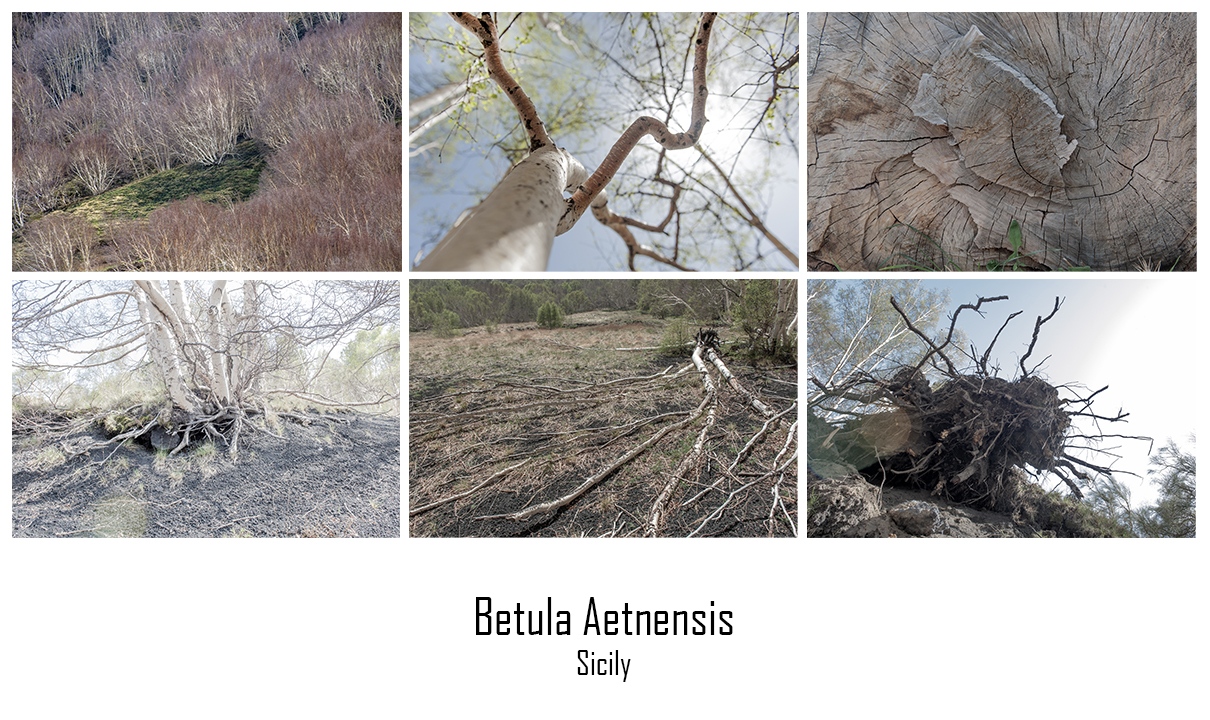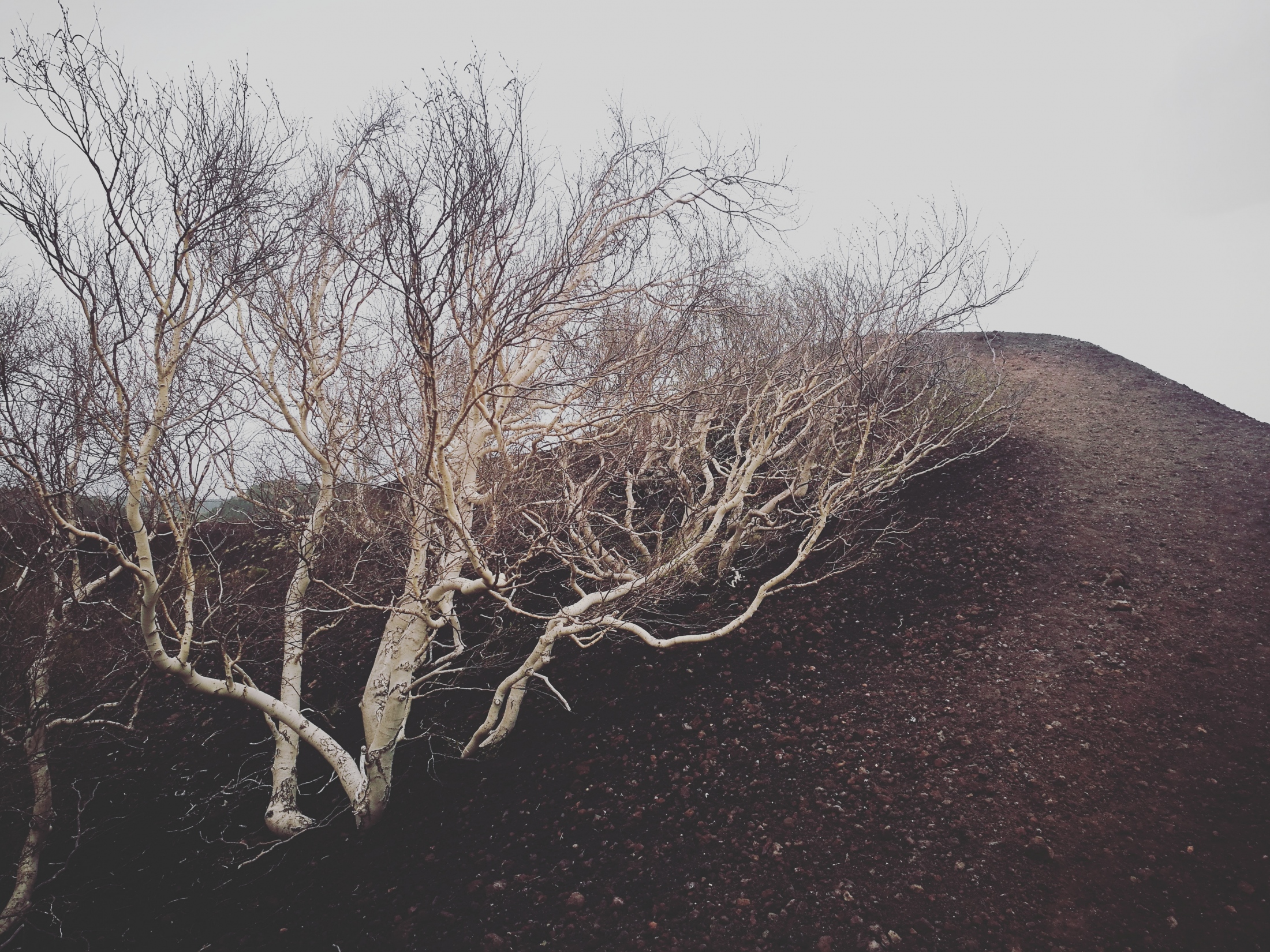News
Betula Aetnensis - A symbol that is disappearing
vito finocchiaro
May 1, 2018
In spring 2004, in fact, some researchers of the Distef of the University of Catania and the technicians of the UOB 54 - OMP of Acireale, carried out an inspection on the north-eastern flank of Etna to investigate a death of these trees. Symptoms common to fungal infections both at the roots and at the collar have been observed in birch settlements. The plants were uprooted and showed a withering of the leaves and a drying out of the branches. From the cut trunks a rotten and carious fabric appeared especially in the central part. In dead and dying plants, the roots had lost their consistency, appearing dark and with a strongly altered wood structure. From the dead plants the sap loses like a body that loses its blood.
The death of the birches observed is very worrying because some questions remain so far without an answer.



